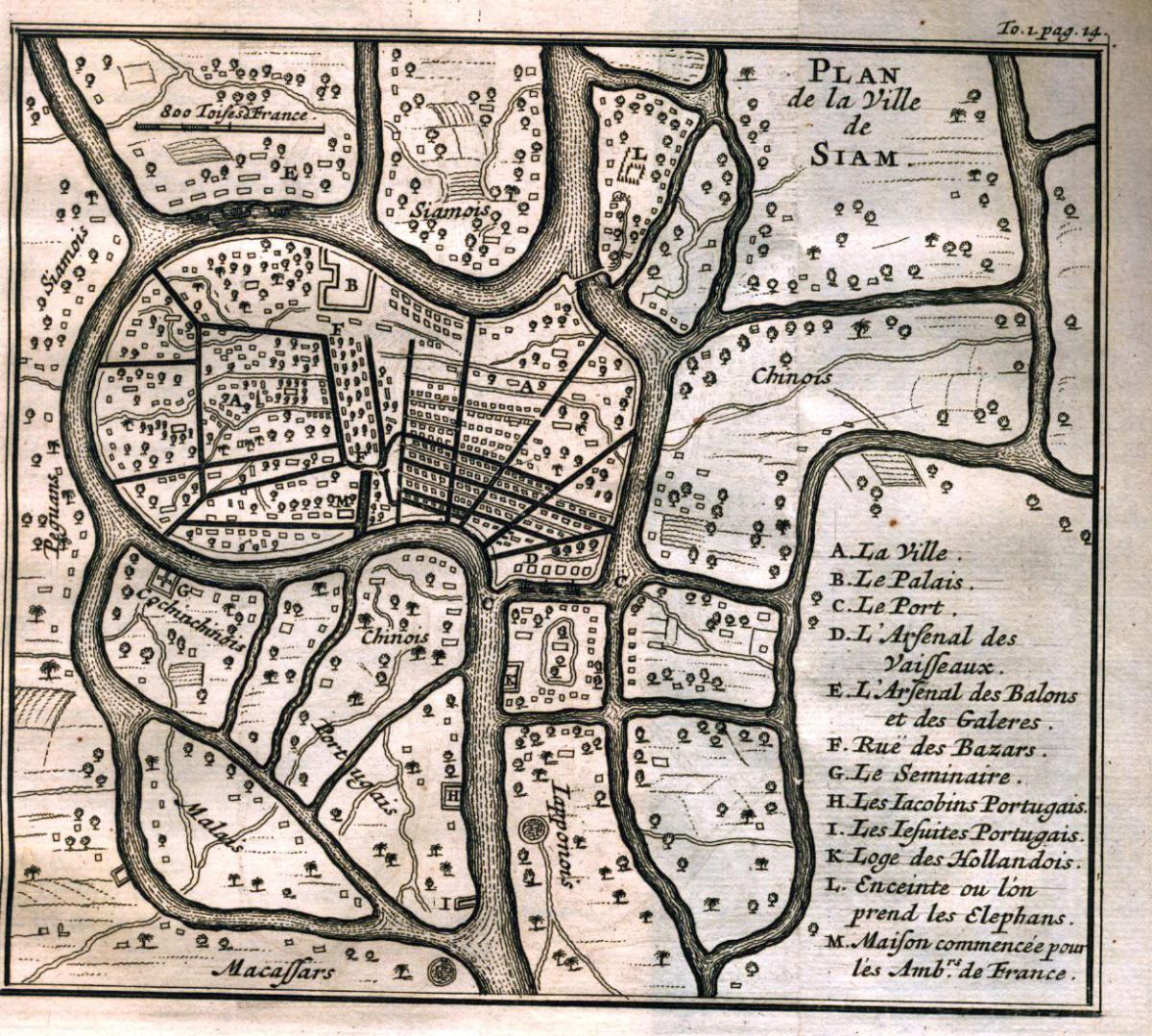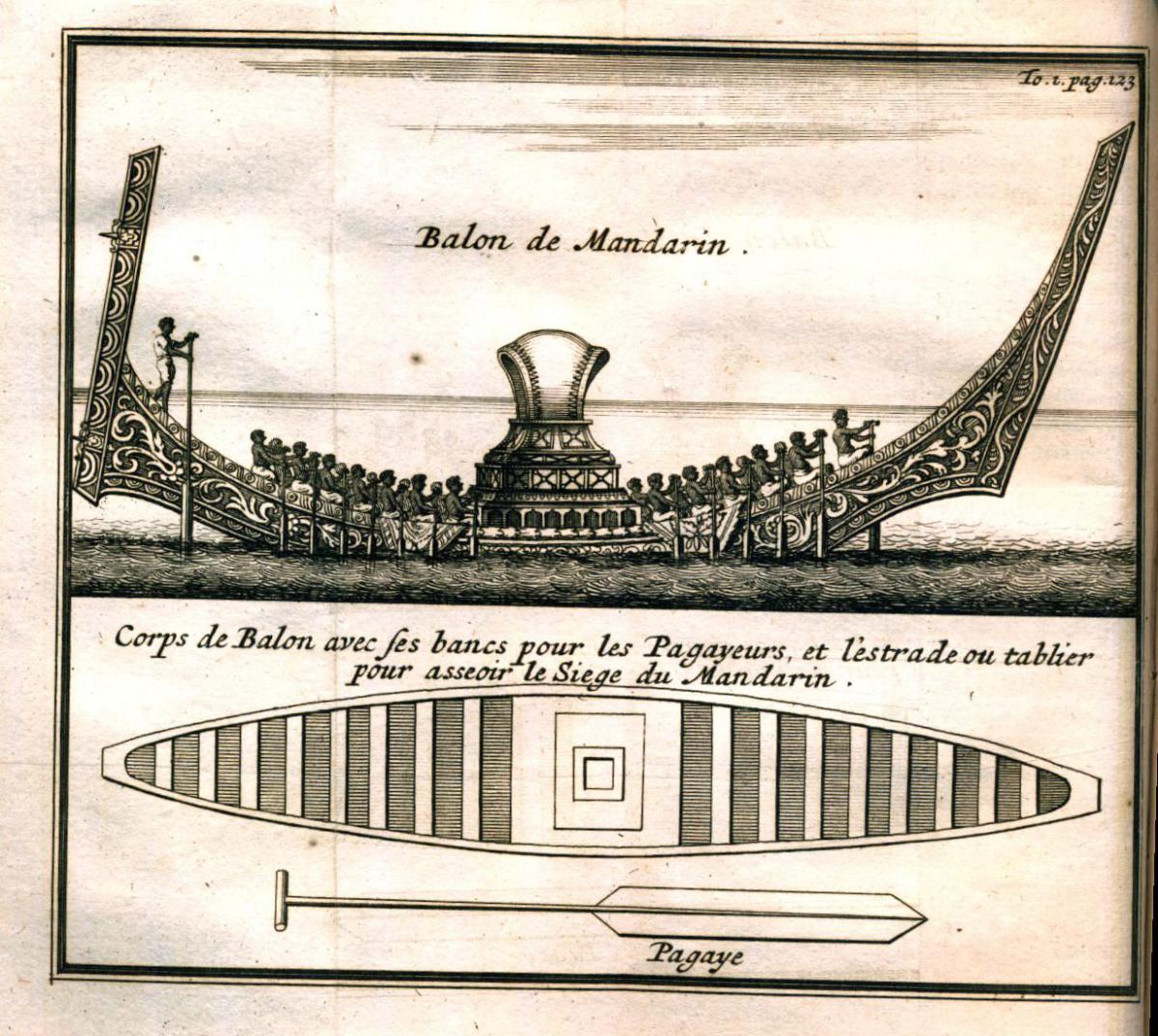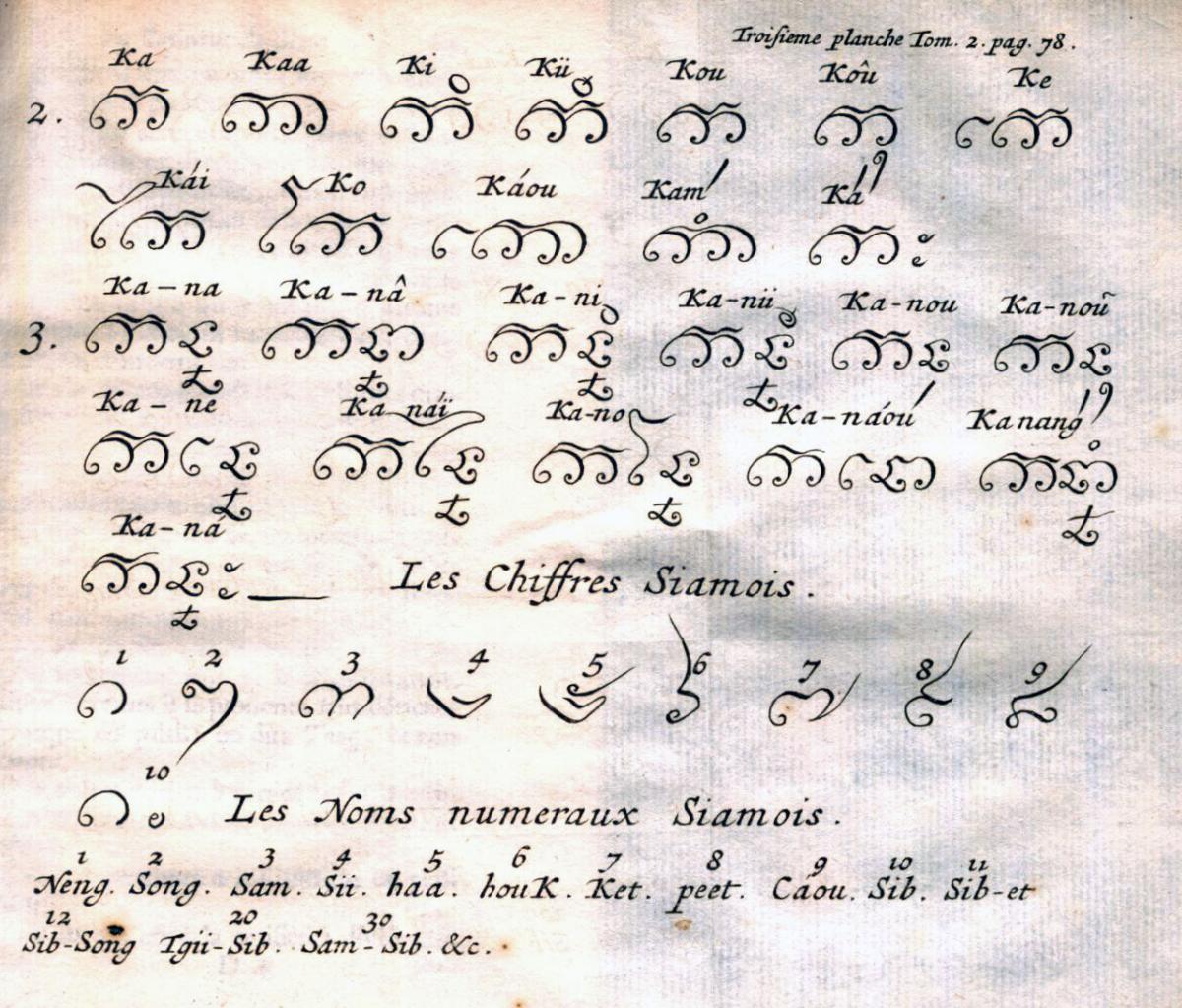As Memorial Day ushers in the season of summer travel, I pondered the works on wanderlust among Published Collections at Hagley. Currently our department is processing the collection of 20th-century roadside memorabilia amassed by John Margolies during his career as a photographer.
As progress on this project will be reported in the future, I invite you consider travelogues of the more distant past. A subject search of our online catalog reveals 47 titles on description and travel as early works published up until 1800.

The most recent accession to our rare book room is Description du Royaume de Siam by the French mathematician and diplomat, Simon de La Loubère. The two-volume set was brought to my attention by a cataloging volunteer as it was transferred to the library from the museum among a group of items that may have once appertained to a du Pont residence.
This captivating pair of tomes presents text in French along with numerous engraved views of the geography, vegetation, and people of Thailand. Maps depict a city surrounded by water, with streets and canals resembling a Venice of Southeast Asia.

Botanical drawings depict bananas, jackfruits, mangos, coconuts, and pineapples which remains major commercial crops today. Cultural subjects include native costume, boat designs, architectural plans, mathematical puzzles, sheet music and instruments.
Language is introduced through alphabets of vowels, consonants, and diphthongs, as well as simple vocabulary such as pronouns, numbers, and months of the year.

La Loubère traveled to Thailand in 1687 as a diplomatic envoy accompanied by military and business representatives of King Louis XIV of France. The delegation arrived in Bangkok in October, renewed a trade agreement, and returned home in January 1688 along with emissaries of the Ayutthayan King Narai.
Later that year, nationalists in Thailand revolted against the growing presence of foreign interests and ultimately avoided colonization by the Europeans. Although the country was known to outsiders as “Siam,” La Loubère notes that the Siamese called themselves “Tai” which fittingly means “free.”
Obliged by King Louis to report his observations, La Loubère published Du Royaume de Siam in 1691. Interested readers may view this English translation published in 1693 as A New Historical Relation of the Kingdom of Siam by Monsieur De La Loubere. A digital copy of the 1700 publication held by our library is accessible online via Hathi Trust.
Alice H. Haines is the Technical Services Librarian at Hagley Museum and Library.
